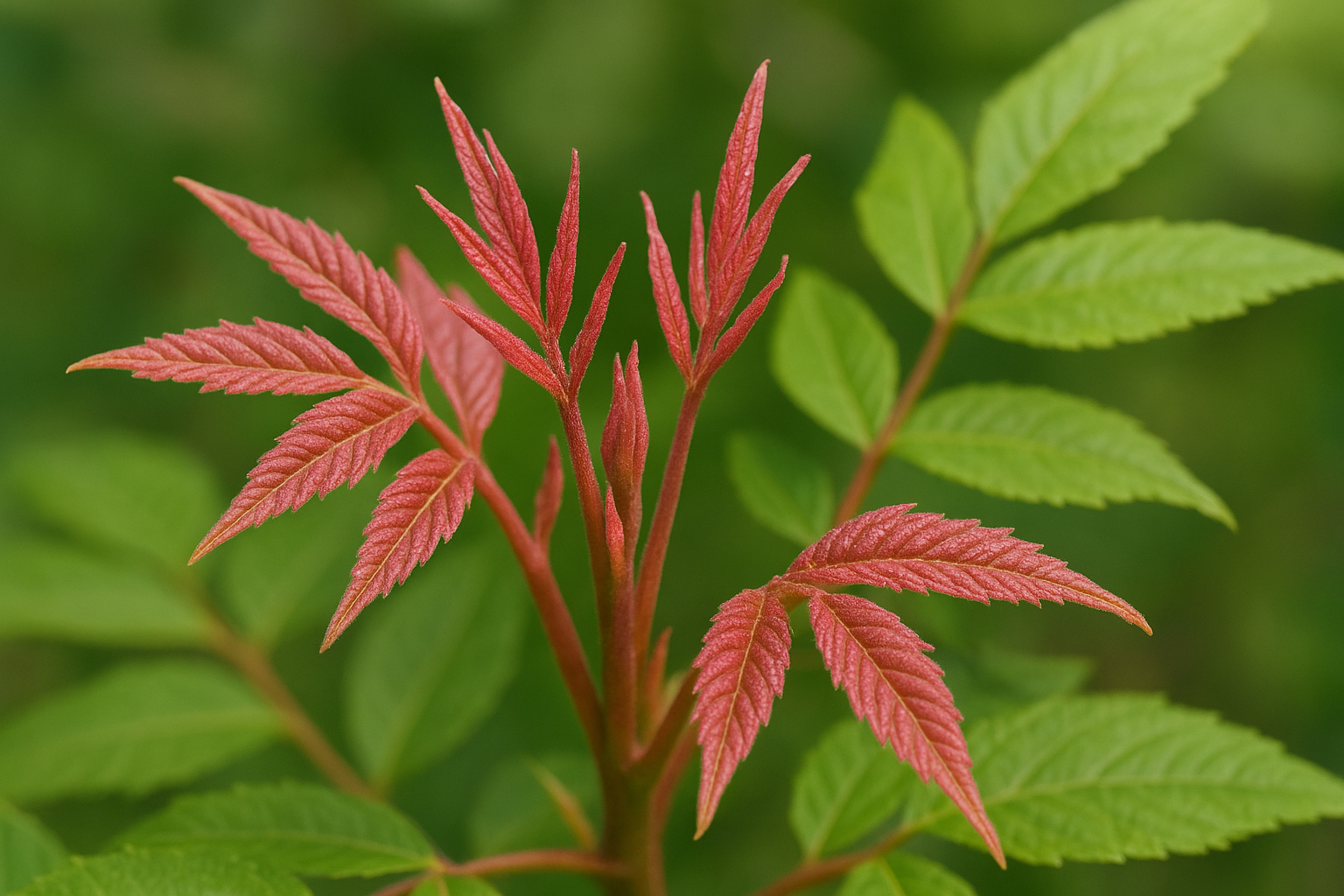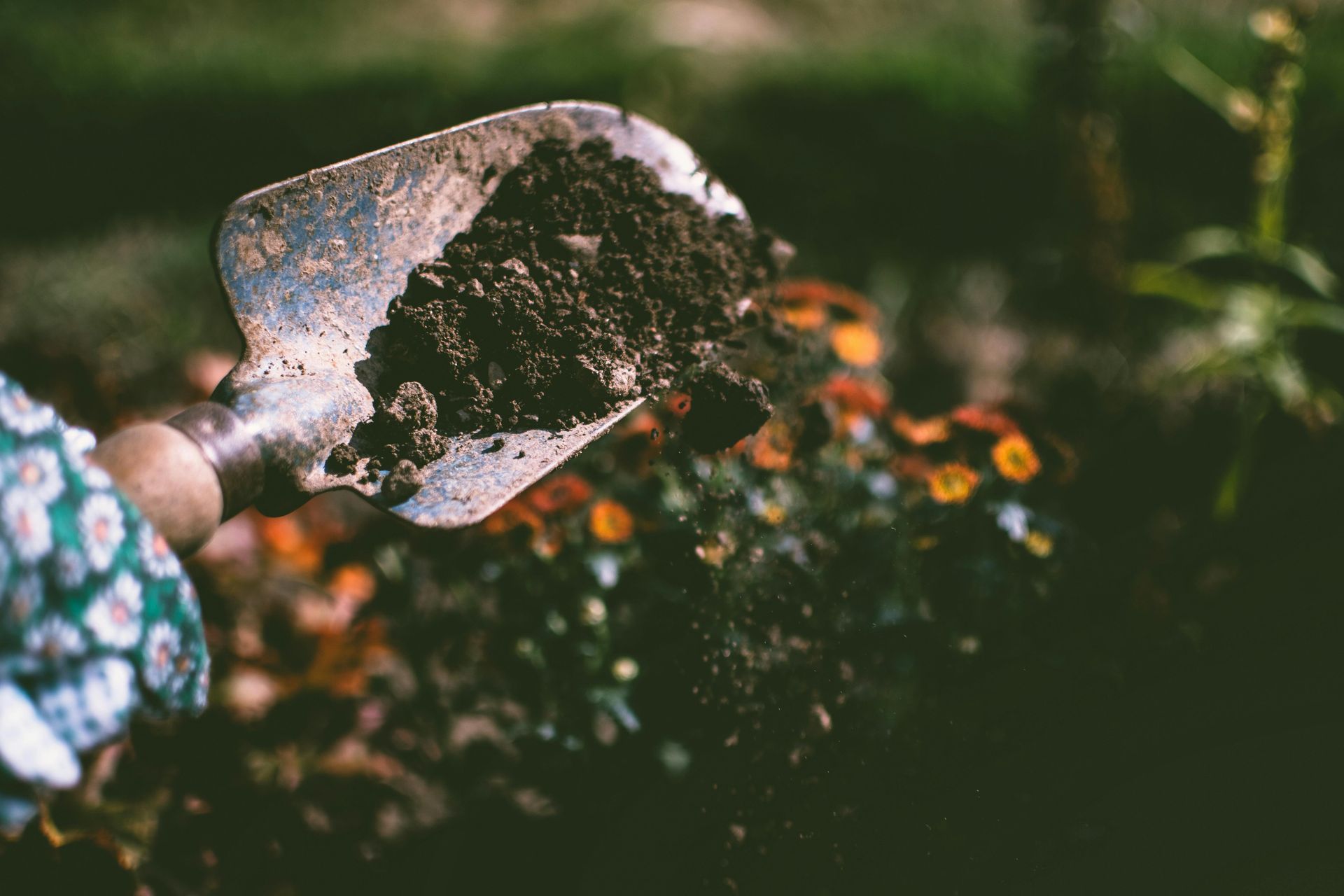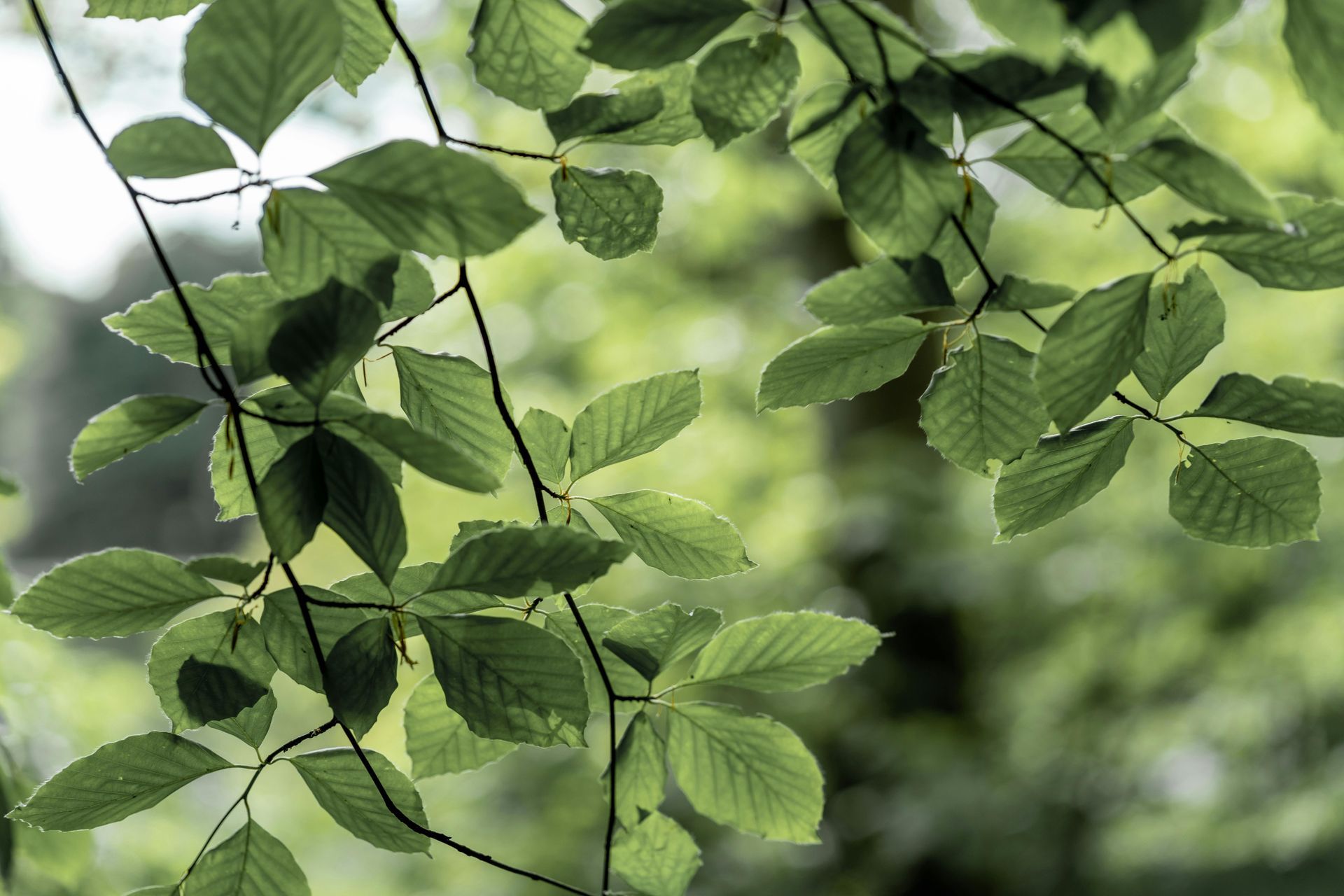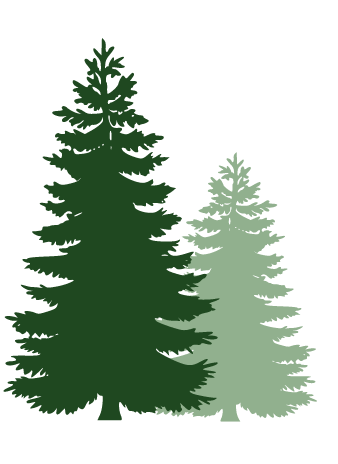The Spring Tree Care Checklist
Spring is the perfect time to give your trees the attention they need after a long winter. Whether you’re a homeowner or property manager, following this spring tree maintenance checklist will help keep your landscape safe, beautiful, and thriving all year long.
1. Inspect trees for winter damage
Harsh winter weather can weaken branches, split trunks, and compromise tree structure. Even small cracks or unbalanced growth may become serious safety hazards as the tree starts to leaf out. Early detection of winter tree damage allows you to address issues before they result in property damage or personal injury. Inspection also gives you a baseline for assessing tree health throughout the season.
Not sure what to look for? Schedule a professional tree inspection with us to catch problems early and avoid costly damage later.
2. Check for signs of pests and diseases
Insects and pathogens become active in early spring and can spread rapidly. Common spring tree pests like aphids, borers, or scale insects can go unnoticed until serious damage is done. Identifying symptoms like discolored leaves, bark lesions, oozing sap, or dieback early can prevent a full-blown infestation. Integrated pest management can save trees and reduce the need for harsh chemical treatments.
Worried about pests? Ask us about our tree health evaluations and preventative treatments.
3. Prune dead, diseased, or damaged branches
Pruning removes hazardous branches that could fall during spring storms or windy days. It also prevents the spread of disease and insect infestations, encourages healthy growth, and shapes the tree’s structure for long-term strength. Pruning in early spring, before full leaf-out, allows better visibility of branch structure and causes less stress to the tree.
Need expert help? Our arborists offer spring pruning services tailored to your trees’ needs.
4. Apply organic mulch around the base
Mulching protects tree roots from temperature fluctuations, helps retain moisture during dry spells, and prevents weed competition. It also improves soil health as it breaks down. However, improperly applied mulch (too thick or too close to the trunk) can trap moisture against the bark and lead to rot or pest problems. A proper mulch ring creates a buffer zone around your tree that reduces stress and mechanical damage from mowers and trimmers.
Want to improve soil health naturally? We offer free mulch delivery!
5. Fertilize if needed (check your soil!)
Urban and suburban soils are often compacted and lack essential nutrients due to lawn competition and poor organic matter. Fertilizing without a soil test can do more harm than good—leading to excessive leaf growth, weak limbs, or nutrient imbalances. A spring soil test reveals exactly what your tree needs, and targeted fertilization helps improve vigor, resistance to pests, and overall canopy health.
6. Check tree supports and stakes
Tree supports are essential for newly planted trees, but if left too long, they can girdle the trunk or encourage weak root systems. Spring is a good time to remove or adjust stakes that are no longer needed, and to ensure any necessary ties are loose enough to allow movement, which strengthens trunk development.
Unsure if your tree needs that stake? We’ll assess your young trees and remove or adjust supports safely.
7. Clear grass and weeds from the root zone
Grass and weeds around the tree’s root flare compete for moisture and nutrients and can harbor pests. Lawn equipment also poses a major risk to tree bark when mowing too close. Creating a clear, mulched area around the base of the tree reduces this competition and encourages better root development and trunk protection.
8. Monitor watering needs as temps rise
As spring temperatures warm up, trees—especially those recently planted—need consistent moisture to support new leaf and root growth. Relying on rainfall alone may not be enough. Deep watering promotes stronger, deeper roots that are more drought-tolerant and wind-resistant later in the year.
Need advice on how to water your trees in springs? Give us a call, we'd be happy to help.
9. Plan for tree planting or landscape updates
Spring offers ideal soil and weather conditions for planting new trees. Choosing the right species and planting them properly ensures long-term success. Native or regionally adapted trees require less maintenance and provide better habitat for pollinators and birds. Proper spacing and placement help avoid future conflicts with power lines or structures.
Looking to plant new trees this season? Let us help you choose and plant the right tree in the right place.
10. Schedule a professional tree risk assessment
Some problems—like internal decay, root damage, or poor structural integrity—aren’t visible to the untrained eye. A certified arborist can assess your tree’s overall health, diagnose issues early, and recommend safe, long-term care strategies. A tree risk assessment helps you make informed decisions about preservation, pruning, or removal.
Book a spring tree assessment today and enjoy peace of mind for the rest of the season.
Healthy trees don’t just look beautiful—they increase property value, provide shade, reduce energy bills, and support local ecosystems. With proper spring care, you’re investing in a safer, more vibrant landscape all year long.
Call 4 Seasons Arborscapes today or request a free quote online. Let our team help your trees thrive not only this spring, but through all four seasons.

Check out the latest:


